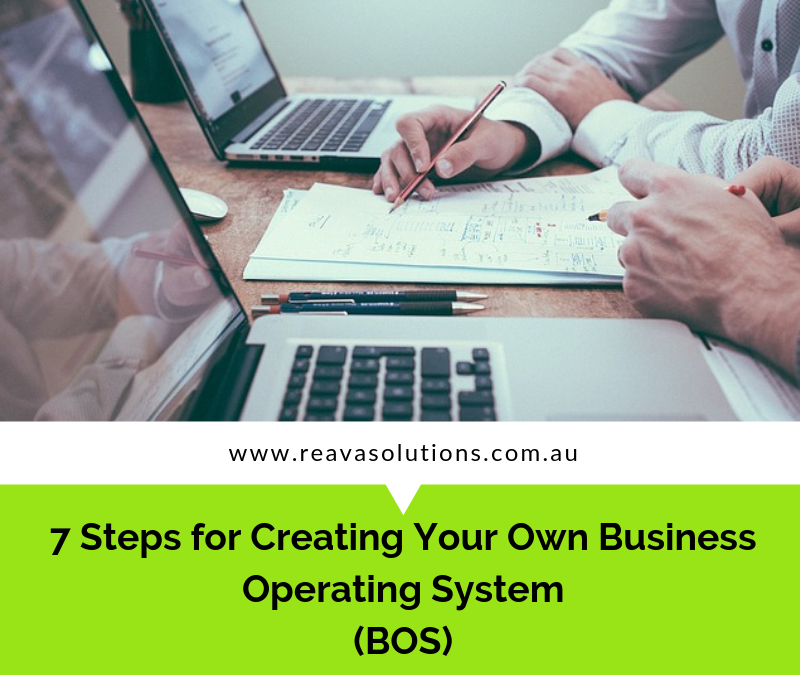I’ve been in the Quality Management field for more than 10 years and I know having a business operating system is important because it is an expectation for the business that allows everyone to follow the same rules and policies in order to deliver consistent and quality results every single time. If you’re planning to create freedom within your business then you need to start establishing a business operating system. Creating systems provides you the freedom to unplug yourself from your business when you need it.
Creating systems do take a lot of planning, especially if you have your entire business in your head. Having the right type of systems in place means you can ultilise them, bringing greater productivity, so you can focus on other parts and work to drive your business. Therefore, documenting your business operating system is of the utmost importance, and it’s something you should document systematically.
Here are 7 steps to take to create your business operating system:
- Activity Inventory – Identify what the major activities are that you do regularly to drive your business. Newsletters, online workshops, social media, courses etc.
- Create process and work instructions – From the Activity Inventory list, next to each activity, write down all the steps from the beginning to the end. The process can be a checklist, a manual or video instructions.
- Find efficiency – Identify what resources and tools you need to make work more efficient. Is there anything can be automated? What can be delegated?
- Establish the right team – Engaging the right person and trusting that person is crucial in business. You need to identify how can you maximise their potential and show them how they can succeed by working together with you.
- Implement the toosl and resources – Try it out! If you want to measure the efficiency then you must try it out to justify it. If it is a massive time-saver, then adopt the new strategy, if it’s not, then seek out an alternative way.
- Seek continuous improvement – Review your system each year to make sure it’s still current and relevant to your business.
- Maintain a central location – Save all your procedures, checklists, templates and work instructions materials in one location. Set the level of permission to your team according to their needs. Having a central location helps so that information isn’t just everywhere, plus it helps you stay more organised so you and your team know where to find information if they need it.
Start investing your time now because creating business systems and having the right team who you can rely on doesn’t happen straightaway. You need to have lots of planning and develop trust to build your team. It’s all worth it after all the hard work because systems can give you freedom and can change your business and personal life.
If you want focus, freedom, growth, organization, productivity and to save your sanity, time and money, then we need a chat. Schedule a time with me and we will figure it out together.






0 Comments